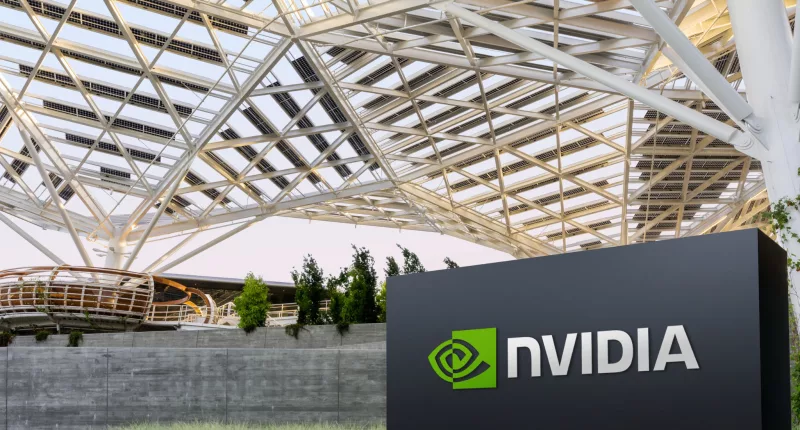Nvidia, the chip manufacturing giant, has reported its second-quarter financial results for fiscal year 2026, delivering numbers that exceeded Wall Street’s forecasts despite facing headwinds from a volatile global geopolitical environment.
For the period, the company reported revenue of $46.7 billion marked a total of 56% increase from the same period a year ago, fuelled almost entirely by demand for its AI computing hardware. Within its dominant data center segment, revenue reached $41.1 billion, representing approximately 88% of total sales and solidifying the company’s role in the global focus on AI infrastructure. The firm’s shares are currently prices in the $178-180 range.
A key driver of this growth was the continued adoption of Nvidia’s newest architectures. The Blackwell platform saw a 17% sequential growth, indicating its rapid deployment among likes of the massive cloud computing providers like Microsoft and Meta that are racing to build out their AI capabilities.
However, the quarter also revealed a vulnerability in Nvidia’s global supply chain. Despite the company’s strong top-line performance, it recorded no sales of its H20 chip to customers in China, a direct consequence of tensions of US export controls and resistance from the Chinese government.
The H20 chip, a modified version of Nvidia’s high-performance hardware, was specifically designed to comply with US export regulations that restrict the sale of semiconductors to China. While the US government, following a period of negotiation, granted Nvidia the necessary export licenses in July, the Chinese government has reportedly pushed back against the sales, effectively halting shipments. This friction eliminated a multi-billion dollar revenue stream.
The proposed revenue-sharing model has drawn sharp criticism from policymakers and analysts who argue that it could compromise US national security by providing a steady supply of advanced computing resources to a strategic rival. Critics contend that the policy, while generating revenue for the US government, could undermine the very restrictions it aims to enforce by providing China with the tools to advance its own AI capabilities. This ongoing uncertainty around UZ policy and China’s response has, predictably, created an unpredictable operating environment.
Despite the geopolitical hurdles, Nvidia’s leadership remains outwardly confident. In a statement to investors, Jensen Huang (CEO of Nvidia) revealed that the company’s Blackwell architecture as the central platform for the global AI race, which he projects will drive a $3 to $4 trillion investment in AI infrastructure by the end of the decade.
“Blackwell is the AI platform the world has been waiting for, delivering an exceptional generational leap — production of Blackwell Ultra is ramping at full speed, and demand is extraordinary,” Huang commented on the matter. “NVIDIA NVLink rack-scale computing is revolutionary, arriving just in time as reasoning AI models drive orders-of-magnitude increases in training and inference performance. The AI race is on, and Blackwell is the platform at its center.”
In response to these market and geopolitical risks, Nvidia has focussed on diversifying its revenue streams instead. The company’s gaming division reported strong sales of $4.3 billion, a 49% annual increase, while its robotics division saw a 69% year-over-year rise to $586 million in sales. These segments serve as a financial buffer against the volatility inherent in the AI chip market. In addition to this, the company’s board authorized an additional $60 billion in share repurchases.
The Tech Portal is published by Blue Box Media Private Limited. Our investors have no influence over our reporting. Read our full Ownership and Funding Disclosure →






